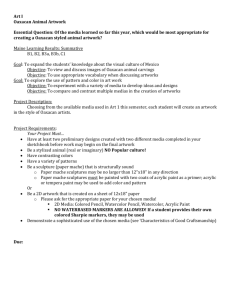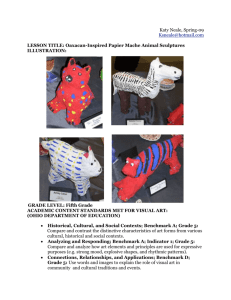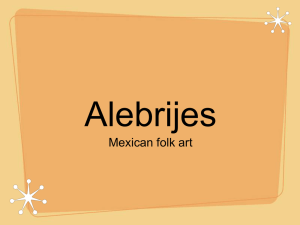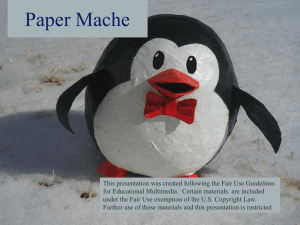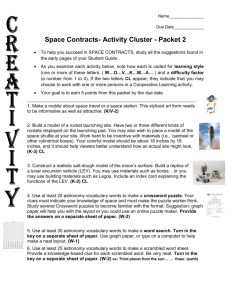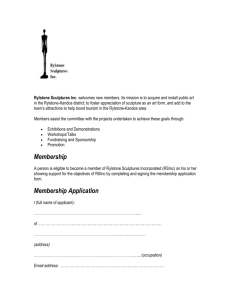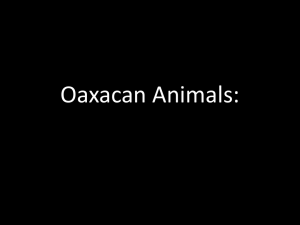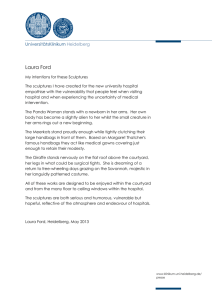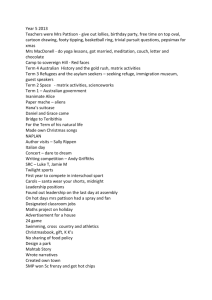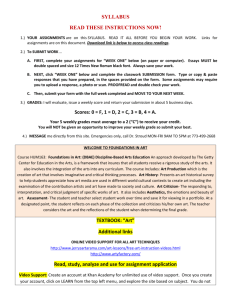ALEBRIJES - Fort Recovery High School Art
advertisement
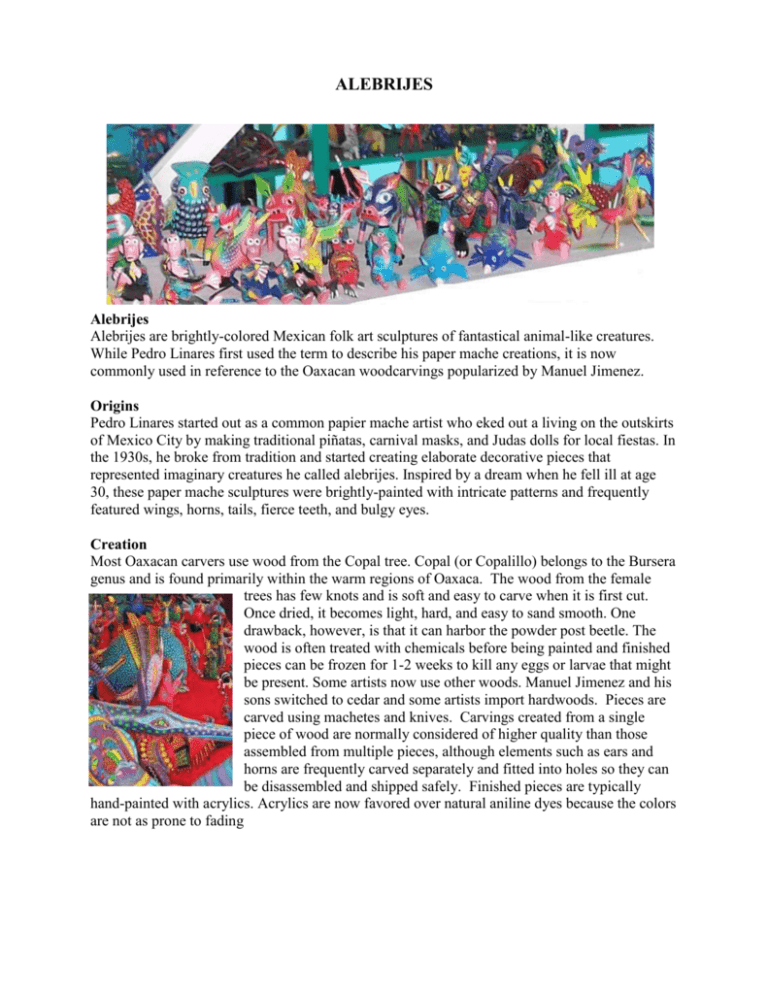
ALEBRIJES Alebrijes Alebrijes are brightly-colored Mexican folk art sculptures of fantastical animal-like creatures. While Pedro Linares first used the term to describe his paper mache creations, it is now commonly used in reference to the Oaxacan woodcarvings popularized by Manuel Jimenez. Origins Pedro Linares started out as a common papier mache artist who eked out a living on the outskirts of Mexico City by making traditional piñatas, carnival masks, and Judas dolls for local fiestas. In the 1930s, he broke from tradition and started creating elaborate decorative pieces that represented imaginary creatures he called alebrijes. Inspired by a dream when he fell ill at age 30, these paper mache sculptures were brightly-painted with intricate patterns and frequently featured wings, horns, tails, fierce teeth, and bulgy eyes. Creation Most Oaxacan carvers use wood from the Copal tree. Copal (or Copalillo) belongs to the Bursera genus and is found primarily within the warm regions of Oaxaca. The wood from the female trees has few knots and is soft and easy to carve when it is first cut. Once dried, it becomes light, hard, and easy to sand smooth. One drawback, however, is that it can harbor the powder post beetle. The wood is often treated with chemicals before being painted and finished pieces can be frozen for 1-2 weeks to kill any eggs or larvae that might be present. Some artists now use other woods. Manuel Jimenez and his sons switched to cedar and some artists import hardwoods. Pieces are carved using machetes and knives. Carvings created from a single piece of wood are normally considered of higher quality than those assembled from multiple pieces, although elements such as ears and horns are frequently carved separately and fitted into holes so they can be disassembled and shipped safely. Finished pieces are typically hand-painted with acrylics. Acrylics are now favored over natural aniline dyes because the colors are not as prone to fading Steps in Making an Alebrije Sculpture Read Every Step before Beginning 1. Begin by sketching out the animal and the basic shape that you want the animal to be in. The animal can be stylized and does not have to look exactly like the animal that it represents. 2. Build an armature, a paper skeleton, out of newspaper and wire. Tape the armature together and build whatever pieces you need to. It is usually a good idea to build horns, tails and long claws separately at first. 3. Use a mixture of one part flour to one part water to make paper mache (this will be provided). Begin to add newspaper to the armature one layer at a time. Do not dip the paper into the mixture, but use your hands and spread it over the paper. This will help to avoid air bubbles and lumps on your project. Make the finish as smooth as possible. 4. When all of the pieces have been paper mached, tape them together for the final form. Once they are taped, paper mache the piece again using a thicker paper which will be provided. 5. Let this dry and then paint on a coat of white gesso to unify the color of the form. Begin to paint your patterns on the animal using acrylic paint. Be certain to clean your brushes at the end of each class. When you have finished painting your animal add a clear coating of acrylic varnish to help protect it. Common Patterns on Alebrije Sculptures
